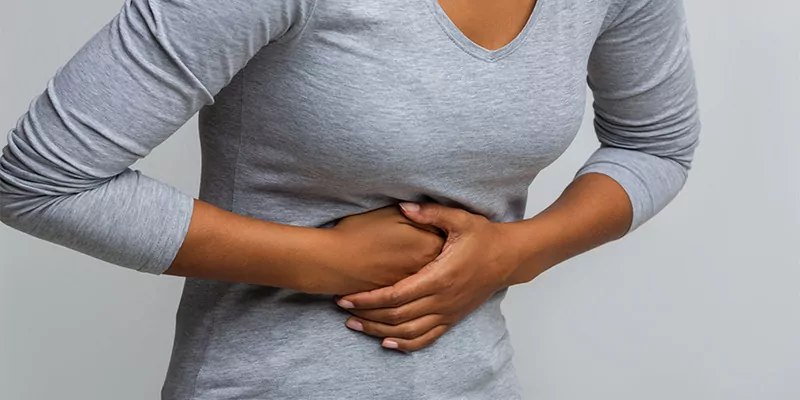
Welcome to Part 3 of this very important five-part Fresh News series. As a review, stomach paralysis or Gastroparesis can cause a diversity of symptoms and complications such as pain, gastric reflux, vomiting, satiety, and weight loss (or gain), to name a few. When one or more symptoms become so severe and debilitating to stop us from living our normal lives, further testing is necessary. It can take up to 5 years before a patient is diagnosed with their symptoms because most of the time, they are misdiagnosed with ulcers, IBS, SIBO, allergic reactions, or heartburn because the symptoms are so similar. For example, 40% of gastric reflux patients experience a gastric delay. If the symptoms continue and become more severe without relief from proper remedies, then further testing is needed,
Lab tests are the first to rule out issues such as diabetes, kidney failure, dehydration, malnutrition, inflammation, or infection. They will also show if your blood glucose level is too high or too low. These labs are blood or urine tests.
Persistent symptoms of the patient can direct what type of future tests are needed, such as Upper GI, x-rays, and ultrasound, which are used to determine intestinal obstruction or stomach blockage.
When Gastroparesis is suspected, then a Gastric Emptying Test called Scintigraphy is used to diagnose Gastroparesis. This test involves a hospital setting or specialized treatment center. The patient will be instructed to eat a bland meal such as eggs, or egg substitute, that is then injected with radioactive material. The patient is monitored periodically over a 4 hour period by a radiologist. After 4 hours, if the stomach contents show 10% of the eaten food remaining, they are diagnosed with Gastroparesis. Severe Gastroparesis is 35% or greater, 15-35% is moderate, and mild is 10-15%. Before the test, all drugs that slow motility have to be stopped, and the patient’s blood glucose levels have to be normal.
Another Gastric Emptying Test is measured by your breath which is called GEBT (Gastric Emptying Breath Test.) You eat a meal that contains a substance that is absorbed in your intestines and eventually passes into your breath. The health care professional will periodically measure the gasses in your breath over a few (usually 4) hours. The test shows how fast your stomach is emptying depending on the amount of substance remaining in your breath at each period.
The “Smart Pill” is another test, which is a wireless motility capsule. You swallow the electronic device, which allows you to live your normal life while being tested. The device moves through your entire digestive tract and sends information to a recorder hanging around your neck or clipped to your belt. This information shows how fast or slow your stomach empties and how fast liquid and food move through your small and large intestines. The capsule is passed out of the body in a couple of days.
As previously mentioned, Gastroparesis affects all ages, even babies and small children. In the youngest patients, a Scintigraphy test is used, and the meal is milk or formula. A camera is used on the outside of the stomach to track the movement. In children, an Antroduodenal Motility Test is used to measure the coordination of how strong the contractions are at the bottom of the child’s stomach, where it empties into the small intestine. The procedure consists of the Doctor placing a flexible tube down the throat into the small intestine. The tube has pressure sensors that measure how well the muscles are working in the stomach for the food to be moved. Abdominal ultrasound is also used for testing in children.
Now you are diagnosed. What are the treatment recommendations?
Next week I will be going over treatments that help buffer and maintain your health as best they can so patients can try to live a normal life.
Please keep on being as curious as a cat. Your curiosity won’t kill the cat but could give someone you know that is experiencing GI issues another life!
Thank you for tuning in,
Sandy, Wellness Coach





